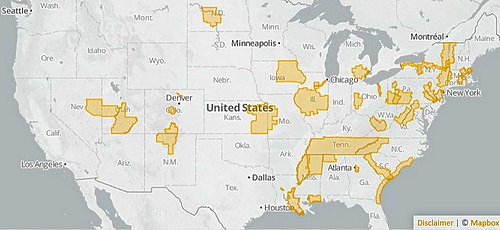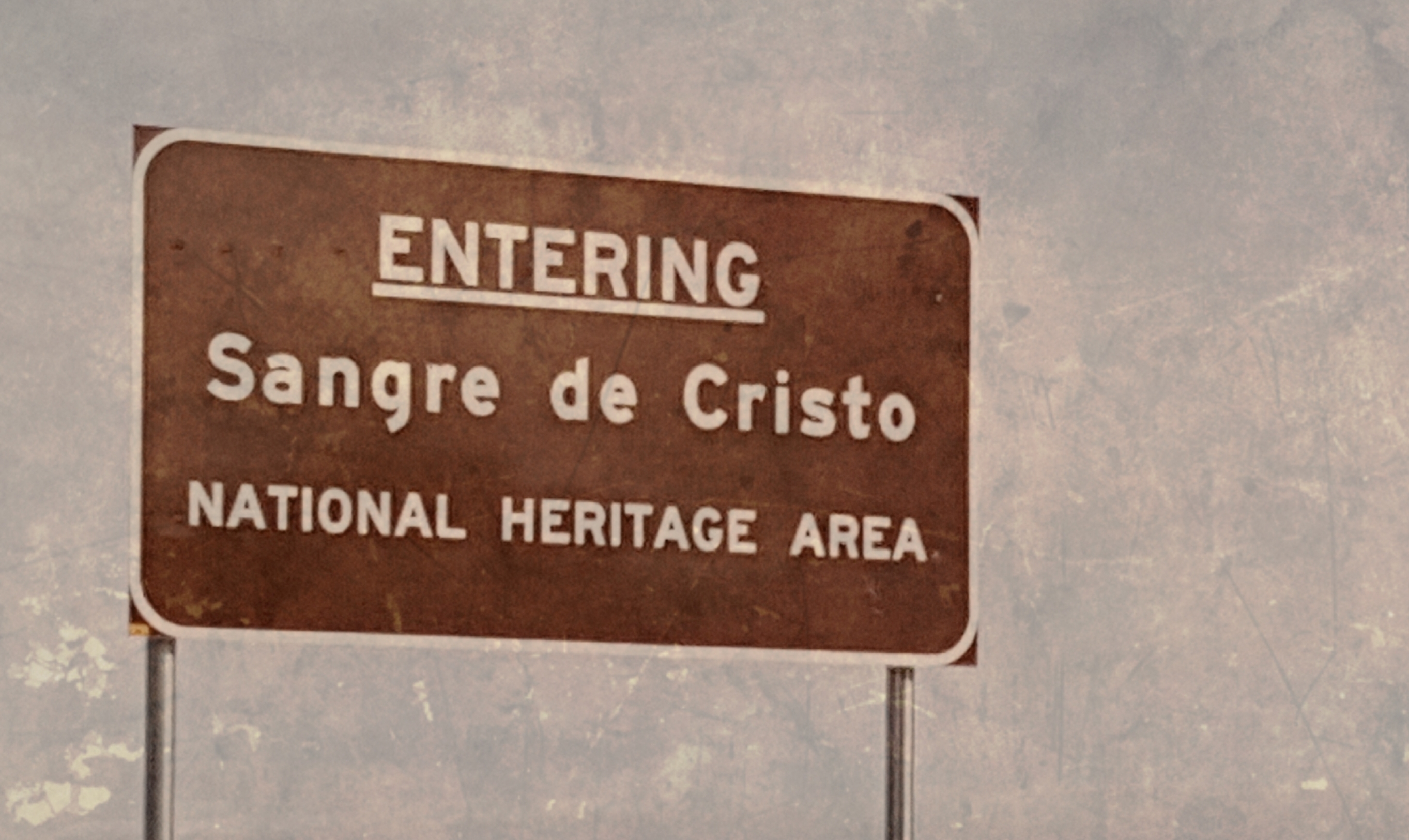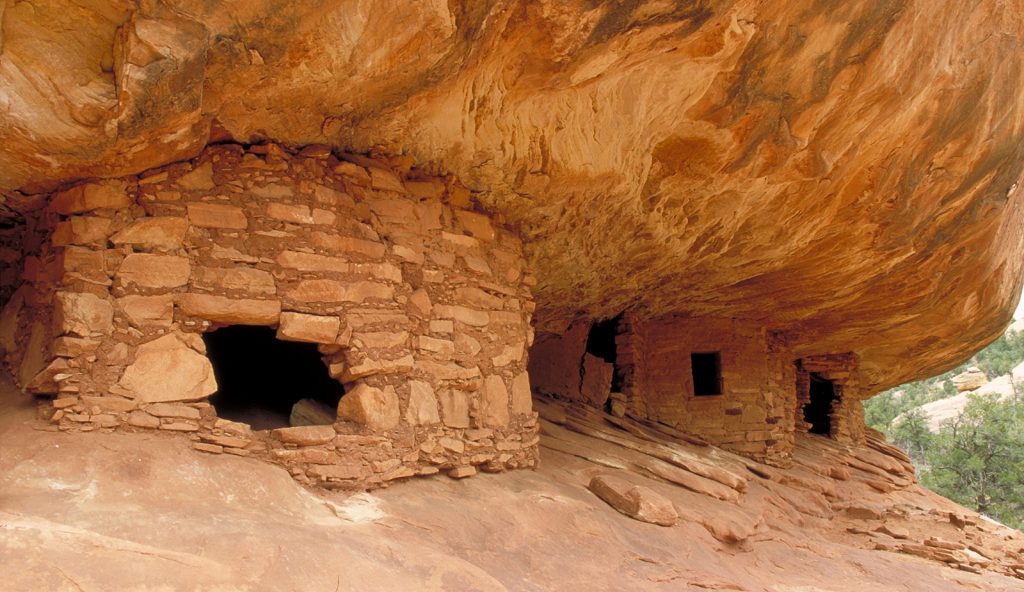This sweeping mandate ensures that virtually every square inch of land within the boundaries is subject to the scrutiny of Park Service bureaucrats and their managing partners.
Tom DeWeese
NOT ONE INCH… THE BATTLE CRY FOR PROPERTY RIGHTS
I have been pushing hard lately to let people know that, no matter how big and powerful the opposition, the assault from big government forces can be stopped. That’s why I want to tell you about a recent major victory in Louisiana where a wonderful, determined group of residents rose up and stopped the implementation of the Caddo Lake National Heritage Area. By the way, this is the second NHA we’ve stopped. The Crooked Road NHA in Virginia was successfully shut down by us a few years ago.
National Heritage Areas are one of the most despicable stealth land grabs in the nation. Here’s why. Americans love history. And we love preserving significant places that played an important role in the making of our unique nation. So when we hear of a new plan in our area presented offering a chance to preserve some of our local heritage we are interested and even supportive.
But, in this day of massive government control over so much of our land, our economy, and our basic ability to live free lives, we must be cautious and look at the details of plans, no matter how innocent or well meaning they may seem.
National Heritage Areas are such a concern because they are sold to residents as simply a means to honor historic or cultural events that took place in a specific locale. We are told that they will preserve our culture and honor the past, that they will preserve battlefields where our forefathers fought and died for freedom, and that they will preserve birth places, homes, buildings and hallowed grounds for posterity. Most importantly, we are assured that NHAs will help build tourism and boost local economies.
The residents affected by the Caddo Lake NHA were suspicious because so little information was being released about the project. Who was behind it? Where was the money coming from? Above all, what specific areas were going to be affected? So some determined residents did their homework. They learned the promises of increased tourism and boosts to the economy were, at best, empty. Rather, they learned NHA’s are little more than pork-barrel earmarks that endanger private property rights and local governmental powers. And a very specific danger is that Heritage Areas have very definite boundaries that come with very definite consequences for folks who reside within them. That’s because funding and technical assistance for Heritages Areas is administered through the National Park Service, a federal agency with a long history of hostility toward private landowners.

Private organizations and planning groups are the actual recipients of most of these funds supposedly earmarked for the Heritage Area. These entities operate as the promoters of the NHA in partnership with the Park Service. Eventually they form a commission or a “managing entity” to enforce the “vision” to implement the Heritage Area.
Typically such commissions consist of strictly ideological special interests groups. In the mix of these groups one will find all of the usual suspects: environmental groups, planning groups, historic preservation groups, all with their own private agendas – all working behind the scenes, creating policy. The managing entity then sets up non-elected boards and regional councils to oversee policy inside the Heritage Area that stretches over numerous communities and counties.
In many cases, these groups actually form a compact with the Interior Department to determine the guidelines that will make up a land use management plan and the boundaries of the Heritage Area itself. The management plan is their goal for how they envision the territory inside the boundary to be run. The plan will include guidelines for development goals, energy use, bike trails, undefined conservation controls, tourism, and anything else they want to control.
Now, after the boundaries are drawn and after the management plan has been approved by the Park Service, the management entity and its special interest groups are given the federal funds, typically a million dollars a year, or more, and told to spend that money to get the management plan enacted at the local level.
Here’s how those special interest groups operate with those funds. They go to local county boards and city councils and announce that Congress has passed legislation designating the Heritage Area and that the community is now within those boundaries. They pull out maps and announce the properties they have identified to be significant for preservation.
However, as the managing entity, they don’t have the power to make laws but the local elected officials do and so the partnership is born, fed by the federal money. Now the managing entity will help create tools, legislation, guidelines and whatever regulatory procedures are needed to make the management plan come into fruition.
Incredibly, proponents argue that National Heritage Areas do not influence local zoning or land-use planning. Yet by definition this is precisely what they do. Found right in the language of most Heritage Area legislation, the management entity is specifically directed to restore, preserve, and manage anything and everything that is naturally, culturally, historically, and recreationally significant to the Heritage Area.
This sweeping mandate ensures that virtually every square inch of land within the boundaries is subject to the scrutiny of Park Service bureaucrats and their managing partners.
Of course, as with so many other invasive planning schemes, we are always assured that these are local initiatives, and that these are something citizens want in order to bring an honorary federal designation to help drive tourism into their regions. That simply isn’t the case. The private, non-governmental organizations and planning groups are the ones who want the plan because they get to enforce their private agendas and then get to live off the grant money as they implement them. As proponents talk about historic preservation inside the Heritage Area, one will also find the catchwords “resource conservation” and “resource stewardship,” for example. That’s the clue to watch for.
It’s all about control. Control of the land, control of resources, control of decision making. How does that fit with their stated purpose of preserving American culture – which, of course, was built on the ideals of free enterprise and private property? In fact, it does the opposite by making government more powerful and dictatorial.
Free Range Report
Thank you for reading our latest report, but before you go…
Our loyalty is to the truth and to YOU, our readers!
We respect your reading experience, and have refrained from putting up a paywall and obnoxious advertisements, which means that we get by on small donations from people like you. We’re not asking for much, but any amount that you can give goes a long way to securing a better future for the people who make America great.
[paypal_donation_button]
For as little as $1 you can support Free Range Report, and it takes only a moment.



